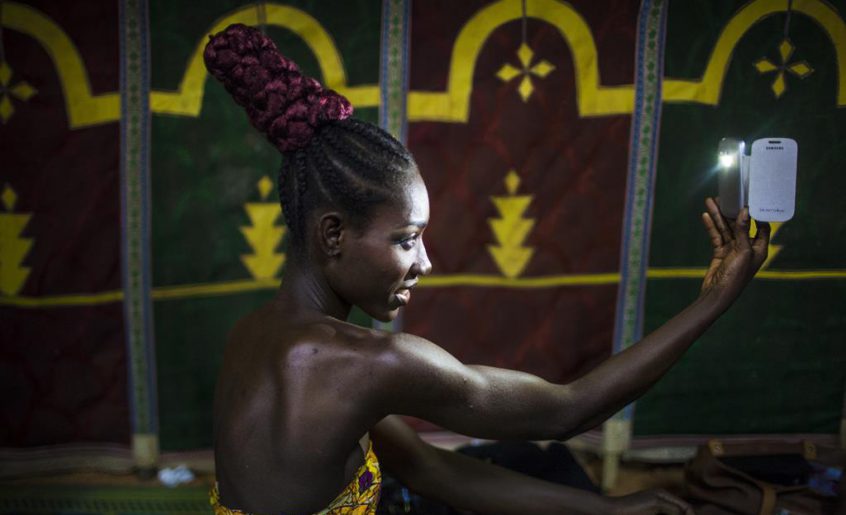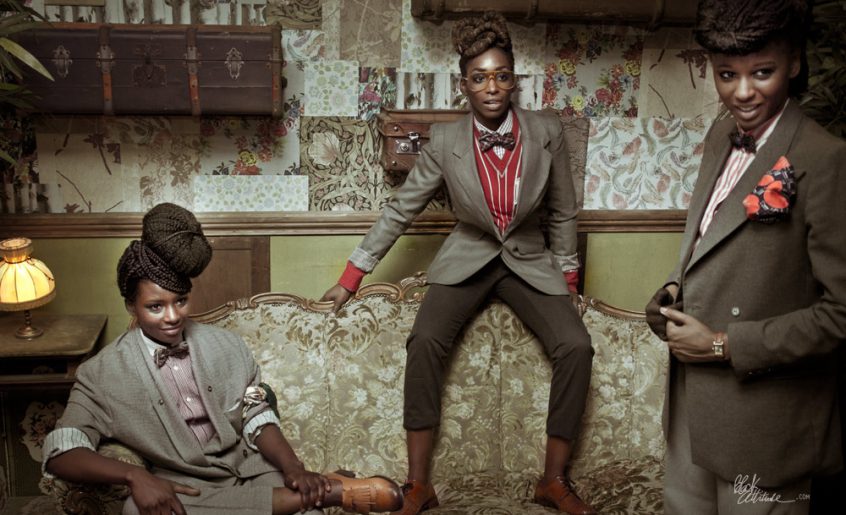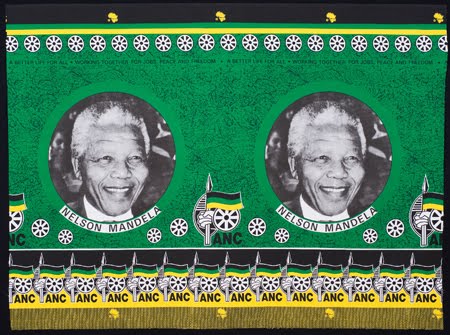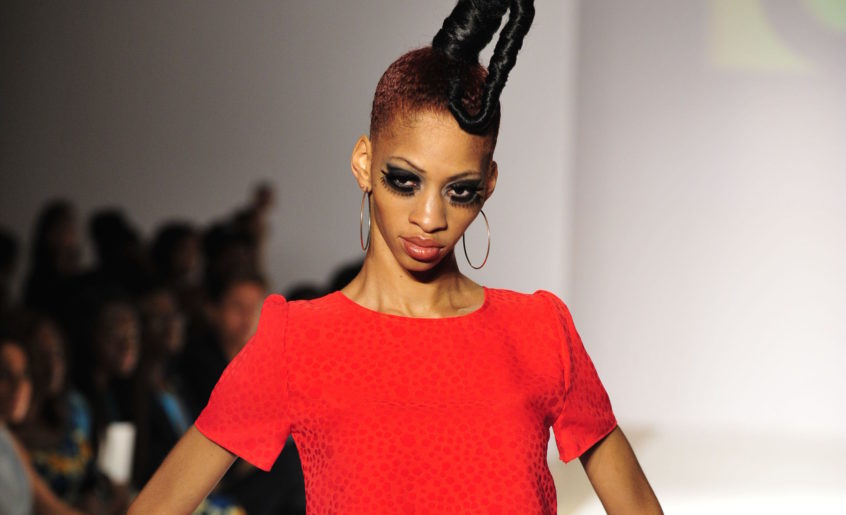To the cry of Belard is the new cool! “The art of the turban” on the French blog Nothing but the Wax describes the headwrap as a hypervisible symbol of Afrodiasporic pride and, increasingly, a universal badge of coolness. The article includes links to turban-focused blogs and e-retailers of scarfs, as well as lots of beautiful pictures. For more on the turban roll, CNN Africa shared a …
Read BBC’s article on the rapid population increase in Africa, where, at present, 3/5 of the population is under 25 years of age. The piece highlights the need to accompany this growth with quick financial developments and with the need to create opportunities for best practice.
Another Africa published an article on kente weaving and heritage preservation in Ghana. Here are some excerpts: Zoo symbolism: “The mighty elephant is the emblem of successful leadership, suggested by such proverbs as “No one follows the elephant in the bush and gets wet from the morning dew.” While the crocodile’s connotations with invincibility and danger is apparent upon seeing …
For 21st century Afrosartorialists, the suit is the material instantiation of exceptional cool. My newsfeed is filled with editorials and photostories that deploy the suit as the one garments that can fully magnify black empowerment and dynamism. It deconstructs symbolic abstractions that essentialize racial and ethnic identity, gluing Afro-diasporan blackness to positive visibility and diversity. An article in the Lens section of the New York Times celebrates …
African textiles carry a huge signifying power and are routinely used to express statements about the self. In my posts about the West African ankara/wax and Kenyan kanga textiles I argue that design amplifies their currency within and beyond Africa. The semantic potential of their abstract or partially-abstract patterns make the textiles a versatile channel of cultural translation. The textiles are also worn to express political …
Last May, Florence hosted the annual edition of Black Portraitures, a convention that has already brought together some of the most eminent scholars of Africana and black visual studies in the world in five previous occasions. This year, the event focused on: “exploring the impulses, ideas, and techniques undergirding the production of self-representation and desire, and the exchange of the gaze from the …
Here is an interview with Farai Simoyi, the Zimbabwean fashion designer who gained fame after working with Beyoncé.
Recently Africans have taken to Twitter to spread a narrative of the continent that is all about self-empowerment and pan-African accomplishments using the hashtag #TheAfricaTheMediaNeverShowsYou. Given the nature of the platform, the message is conveyed most powerfully via images. Beauty, and more generally aesthetic, plays a big part in this reconfiguration of the global imaginary, as shown in the report posted in the Guardian. …
Order and read Lisa Lowe’s The Intimacies of Four Continents (Duke U.P., 2015) asap. In this uniquely interdisciplinary work, Lisa Lowe examines the relationships between Europe, Africa, Asia, and the Americas in the late eighteenth- and early nineteenth- centuries, exploring the links between colonialism, slavery, imperial trades and Western liberalism. Reading across archives, canons, and continents, Lowe connects the liberal narrative of …
Today Slate published a powerful animated map of the trans-Atlantic slave trade across time. It is a document to watch and share about a tragedy that we still know too little about.




